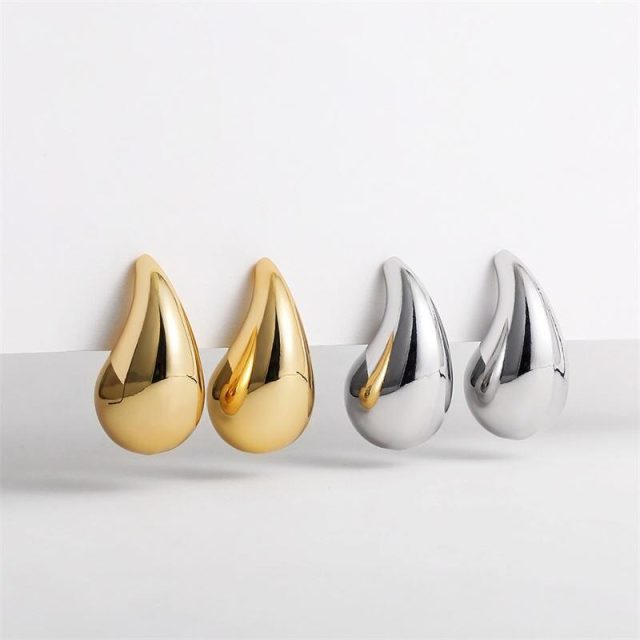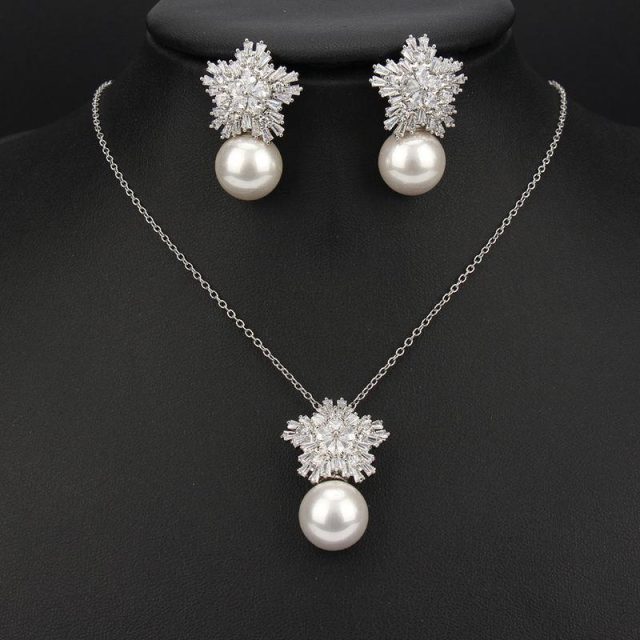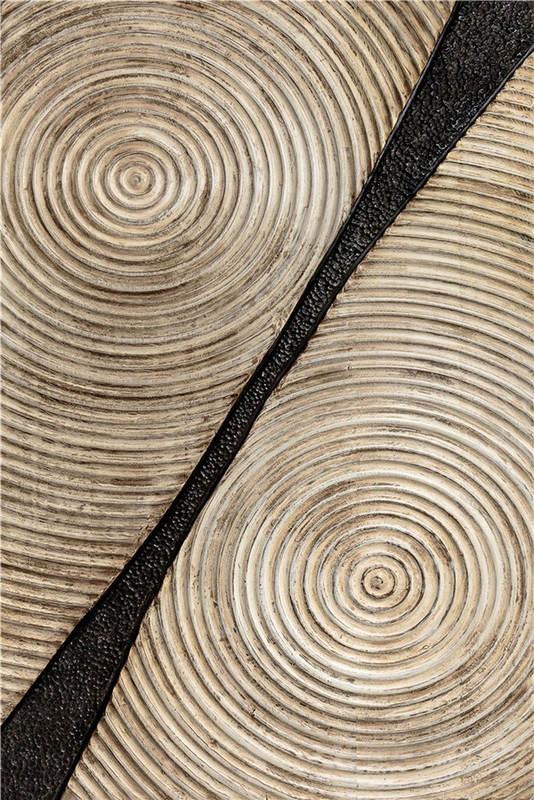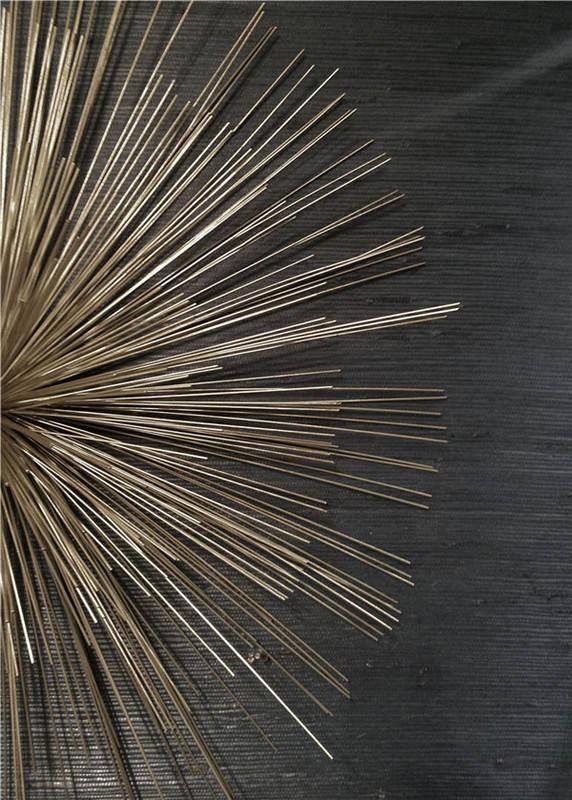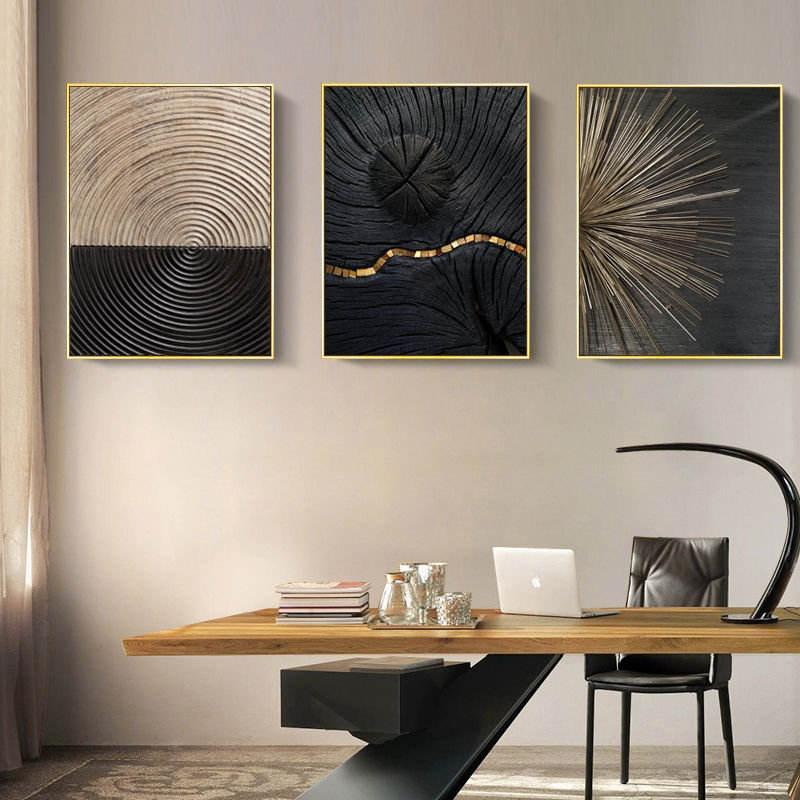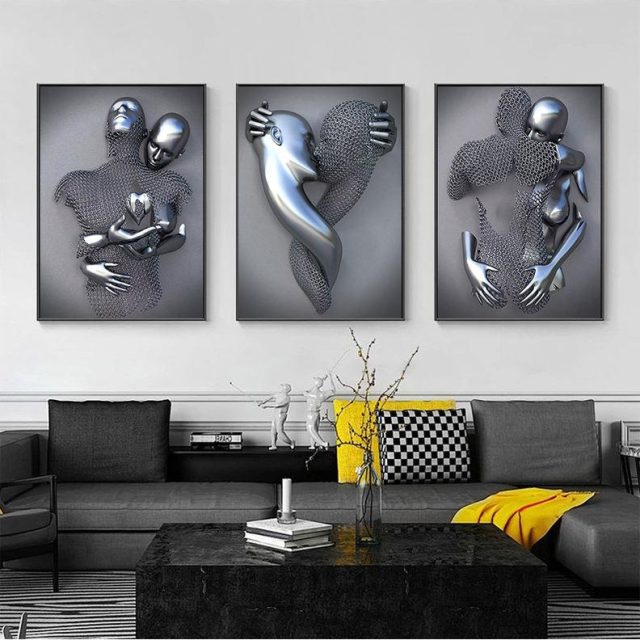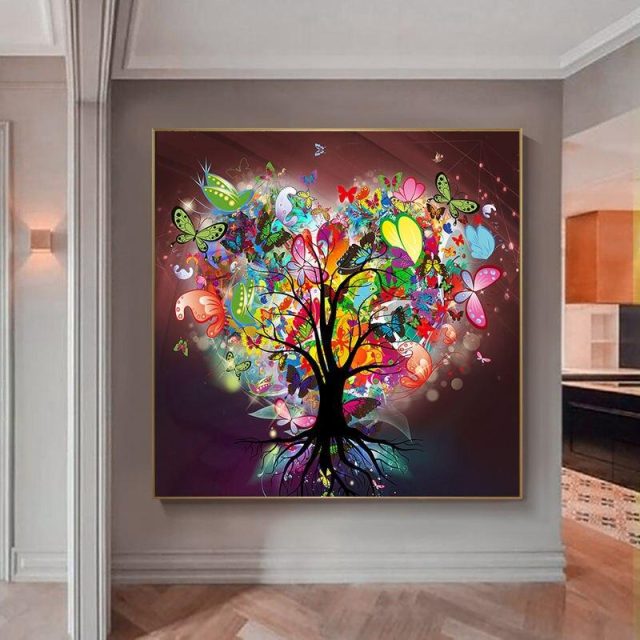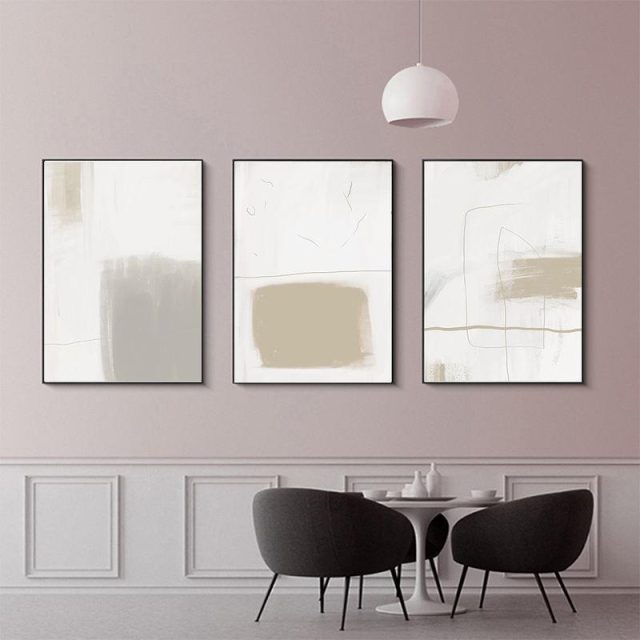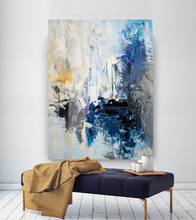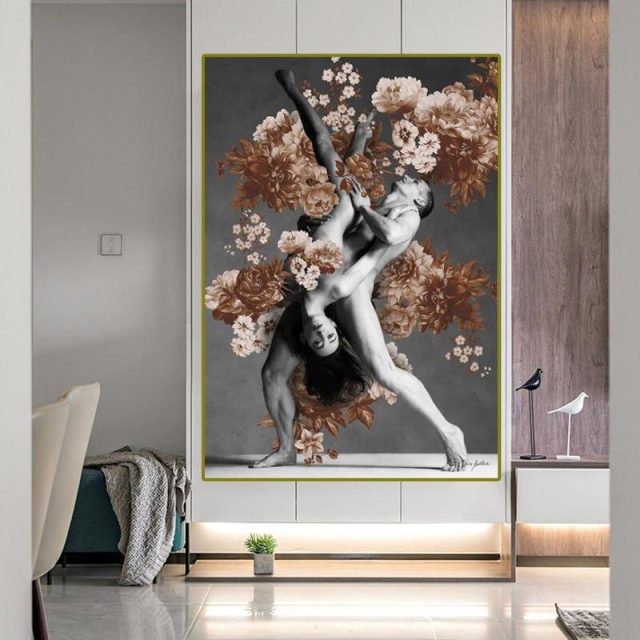Abstract Painting On Canvas | Living Room Decor | Surround Decorative Poster | Gold Black Wall Art
Features:
Abstract Painting on Canvas: A Journey into the Realm of Emotions & Expression
Abstract painting on canvas is a captivating and versatile art form that transcends conventional boundaries and offers artists a unique platform to express their emotions, creativity, and imagination.
Unlike traditional art forms, Abstract Painting On Canvas does not aim to replicate reality or represent specific objects or scenes. Instead, it delves deep into the artist’s psyche, encouraging them to explore the limitless possibilities of color, form, and texture.
Abstract art has a rich history, with its roots in the early 20th century when artists like Wassily Kandinsky and Kazimir Malevich began to break away from the constraints of representational art. These pioneers laid the foundation for a movement that would ultimately redefine the boundaries of artistic expression. The beauty of Abstract Painting On Canvas lies in its ability to evoke emotions, provoke thoughts, and ignite the viewer’s imagination.
One of the most intriguing aspects of abstract painting on canvas is its open-ended nature. It allows artists to communicate their innermost feelings and ideas without the constraints of a predetermined subject.
This freedom allows for a wide range of interpretations, making abstract art a deeply personal and subjective experience for both the artist and the audience. Every stroke, color choice, and composition in an Abstract Painting On Canvas speaks volumes, often conveying emotions that words alone cannot express.
Color plays a pivotal role in abstract art. Artists use a vibrant and diverse palette to create visual impact and emotional resonance. Each color can evoke a different feeling or mood, and the interplay of colors in an Abstract Painting On Canvas can be a powerful tool for conveying the artist’s emotions.
Bright, bold colors may exude energy and positivity, while softer, muted tones can create a sense of calm and introspection. The artist’s choice of color can be a deliberate decision, aimed at eliciting specific emotional responses from the viewer.
The form and composition of an abstract painting are equally significant. Abstract artists experiment with shapes, lines, and textures to craft a unique visual language. The absence of a recognizable subject allows artists to manipulate these elements to guide the viewer’s eye and create a dynamic, visually engaging experience. The balance and harmony of these elements can evoke a sense of order or chaos, providing the artist with a powerful means to convey their intended message.
Texture is another intriguing aspect of abstract painting. Artists often use various techniques and materials to create tactile surfaces that invite the viewer to explore the painting through touch as well as sight.
The interplay of smooth and rough textures can add depth and complexity to the artwork, engaging multiple senses and creating a multi-dimensional experience. The physicality of the canvas itself becomes an integral part of the artistic expression, and this tactile quality adds depth to the emotional impact of the artwork.
Abstract art is not limited to any one style or technique. Artists have explored countless approaches to abstract painting, from the geometric precision of Piet Mondrian to the gestural spontaneity of Jackson Pollock.
Some artists favor minimalism, using simple shapes and limited color palettes, while others embrace maximalism, layering colors and textures to create intricate and densely layered compositions. This diversity of styles within abstract art ensures that there is something for every artistic taste and sensibility.
Abstract painting on canvas is a profoundly expressive and limitless form of artistic creativity. It provides artists with a powerful platform to convey their emotions, thoughts, and ideas without the constraints of representation.
Color, form, texture, and composition are the tools that artists employ to create an evocative and subjective experience for both themselves and the viewer. Abstract art has a rich history, and its many styles and techniques continue to captivate and inspire artists and art enthusiasts worldwide. It is a journey into the realm of emotions and expression, inviting us to explore the boundless possibilities of the human imagination.

